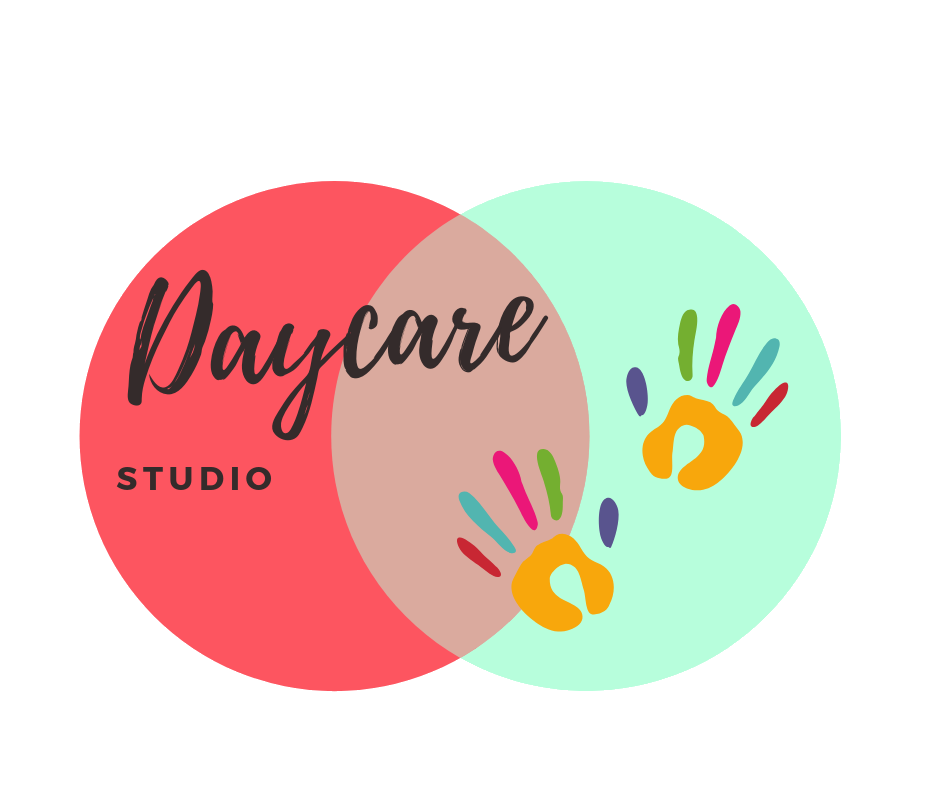6 Must-Do’s To Effectively Communicate To Staff
Before we talk about communication, If you’re new to my site, don’t forget to snag my FREE Interview Guide to hiring quality staff for your program before you leave!
As a child care director or owner, keeping your staff communication flowing smoothly is essential. Not only does it make for a more organized and efficient workplace, but good communication also helps to create a positive and productive team environment. Unfortunately, 71% of employees believe that their leaders do not spend enough time communicating goals and plans. It's time to fix this.
Here are 6 must-do tips to help you get your staff communication on track:
Download my free Family Screening Guide for a complete list of screening questions to ask and to access my Family Information Card to give during a tour.
Establish an open line of communication with your staff.
Encourage staff to ask questions if they don't understand something and voice their concerns and suggestions. Encourage two-way dialogue, not just top-down orders.
As the daycare center director, I give my staff direct access to me. I tell my team during orientation that they can text me anytime. I am not always on site. I work from home on Tuesdays, and I am off on Fridays. I want my staff to feel like they can reach out to me if they need help, even if I am not there. I want them to feel supported.
Now, I'm not saying to not set standards and answer texts 24/7. If I am busy and the text is not an emergency, I will respond on my own time, but I want them to know that their concerns and needs are important. They can approach me at any time while at the center. If I need uninterrupted time, I will find a private area to work, post a kind note on my door, or simply tell them that I cannot talk at that very moment, but I’ll get back to them asap.
Be clear and concise when giving instructions.
Be very clear when communicating expectations, goals, opportunities for improvement, future plans, policies, and procedures. Failure to communicate effectively will lead to communication gaps. Communication gaps happen anytime staff feel that they are not given the information they need to do their jobs well. This missing info could lead to poor morale, workplace frustration, not to mention bad child care.
Check-in on staff daily and facilitate communication.
Do daily walk-throughs and ask every teacher if there is anything you can do to help them. Ask them if there is anything they need or if there is any way you could support them to make their day better. Just making this a daily habit will make them feel valued and appreciated and allow them to freely communicate their needs and desires.
Hold regular staff meetings.
Staff meetings are an important time for everyone to share in the successes and challenges of your child care program. Successful child care businesses have staff meetings at least once a month, but you can also have them more often if needed. Use team meetings to relay important information, share ideas, and discuss areas that need improvement.
Acknowledge Your Staff’s Wins.
Empower your team to do their job by encouraging them often. Notice when they go above and beyond. Give recognition to excellent work. Tell them how much you appreciate them. Some of your staff may just need you to listen. Listening is also a vital part of communication. They may just want to talk and be heard. By listening to their suggestions and concerns, they feel appreciated.
Take advantage of technology to help facilitate communication.
Lack of communication is not intentional but happens due to a lack of organization and systems to make sure everyone is informed. If you do not have systems set up to communicate, it's time to implement them. Here are a few ways to communicate and keep everyone in the loop. You can use parent communication apps such as Procare and Brightwheel, emails, instant messaging apps such as Voxer and Slack (messaging app great for teams), walkie-talkies, Echo dots (Alexa) in every room, and phones with room extensions.
Conclusion:
Communication is vital in any workplace, but it's especially important in childcare settings. Fortunately, there are plenty of ways to communicate effectively with your staff. From using the right tools to keeping an open mind and being respectful, following these tips should help create a positive and productive team environment. What tools do you use most to communicate with your staff? Let me know in the comments.
Here are some other articles packed with valuable content you are sure to enjoy:
How To Deal With Parents Who Complain About Everything
5 Tips To Max Out Child Enrollment and Create A Massive Waiting List


